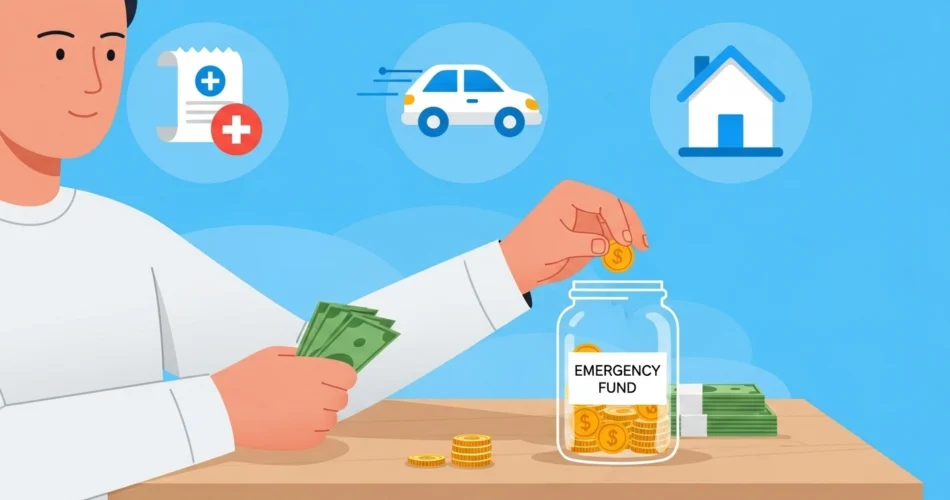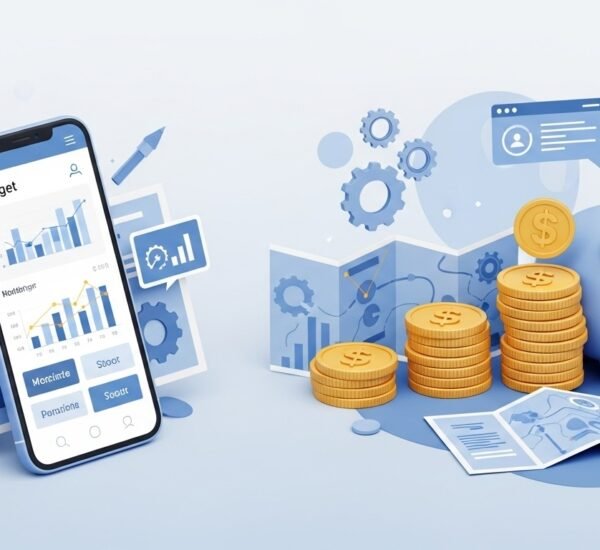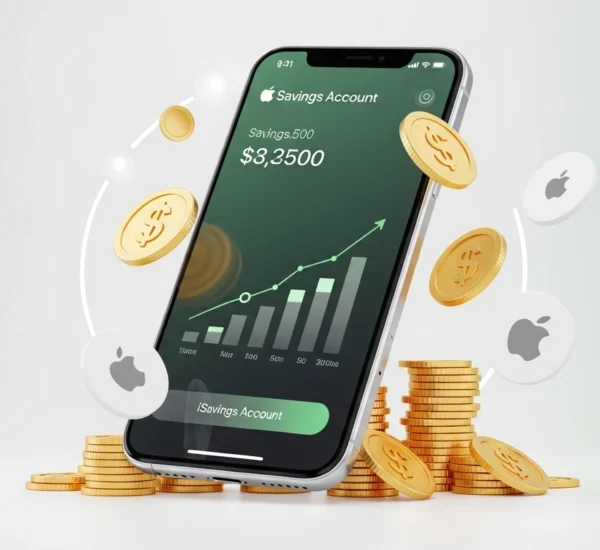Life is unpredictable. One moment everything is going smoothly and the next you are facing an unexpected expense that threatens to throw your budget off balance. A job loss, sudden medical bill, or urgent car repair can create financial stress overnight. That is why understanding how to build an emergency fund is one of the smartest financial moves you can make. An emergency fund acts as your personal safety net, protecting you from falling into debt when life surprises you.
Many people assume you need a high income to create savings for emergencies, but that is not true. Even if your paycheck is small, you can still build a fund step by step with consistent effort. The process is less about how much you earn and more about how disciplined and intentional you are with your money. In this article we will take a deep dive into everything you need to know about building an emergency fund, starting from scratch and growing it into a financial cushion that brings peace of mind.
Why an Emergency Fund Matters
An emergency fund is not just a pile of savings sitting idle. It is your shield against the unexpected. Without it, many people are forced to rely on credit cards or personal loans when emergencies happen. This often leads to a cycle of debt that becomes difficult to escape.
Imagine losing your job tomorrow. If you have no emergency fund, how will you pay your rent or buy groceries? If your car suddenly breaks down, will you be forced to put the repair on a high-interest credit card? These are the real situations where an emergency fund makes the difference between staying calm and spiraling into financial stress.
Financial experts usually recommend saving three to six months of living expenses. That may sound intimidating at first, but remember, you are not required to reach that target immediately. The goal is to start small, be consistent, and gradually grow your fund. Each dollar saved brings you closer to security and further away from financial anxiety.
Starting Small: Building the Habit of Saving
When thinking about how to build an emergency fund, the most important thing to remember is that habits matter more than large deposits. Many people never start because they believe they must save thousands right away. That mindset is discouraging. Instead, focus on your first small milestone.
Begin with a simple target such as one hundred dollars. It may not sound like much, but reaching that goal gives you momentum. Once you save the first hundred, increase the target to five hundred, then one thousand. Every small milestone you reach boosts your confidence and builds the habit of saving. Think of it like exercising: you do not start by running a marathon. You begin with short runs and gradually build endurance.
As you continue, aim for one month of living expenses, then three months, and eventually six months. This gradual approach makes the process manageable and realistic for anyone, even those with tight budgets.
Tracking Your Spending and Finding Hidden Savings
One of the simplest ways to start an emergency fund is by analyzing your current spending. Many people underestimate how much money slips away on non-essential purchases. Take a month to track where your money goes. Write down every expense or use a budgeting app. You will often be surprised at the small leaks draining your wallet.
Cancel unused subscriptions or memberships you rarely use. Streaming platforms, gym memberships, or paid apps might be quietly eating away at your budget. Cooking meals at home instead of eating out can also make a noticeable difference. Even reducing takeout by two or three times a week could save over a hundred dollars a month. Shopping smarter by comparing prices, buying in bulk, or switching to generic brands adds up as well.
These savings do not need to be dramatic. Even finding an extra twenty or thirty dollars a week can push you closer to your emergency fund goals. Remember, small amounts consistently saved create big results over time.
The Power of Paying Yourself First
The most effective strategy for consistent saving is to pay yourself first. This means treating your savings as a non-negotiable expense just like rent or utilities. Instead of waiting to see what is left at the end of the month, transfer money into your emergency fund as soon as you get paid.
Automation makes this process easier. Set up your bank account to automatically transfer a set amount each week or month. Even if it is only five or ten dollars, the habit matters more than the size. Over twelve months, ten dollars a week becomes over five hundred dollars without effort. Automation removes the temptation to spend the money elsewhere and ensures steady growth of your fund.
Boosting Your Income to Accelerate Growth
Cutting costs is helpful, but sometimes your budget still feels stretched. In that case, the fastest way to grow your emergency fund is by finding small ways to increase your income. This does not mean working yourself to exhaustion, but exploring side opportunities can provide a meaningful boost.
Look around your home for items you no longer use. Old electronics, furniture, or clothing can be sold online to generate quick cash. Consider freelancing or part time work that matches your skills, whether it is tutoring, graphic design, writing, or delivery services. Seasonal or weekend jobs can also give your savings a helpful push.
You do not need to commit forever to side hustles. Think of them as temporary boosts to jump-start your emergency fund. Once you reach a comfortable cushion, you can reduce the extra work.
Choosing the Best Place to Keep Your Emergency Fund
Where you store your emergency fund matters almost as much as how you build it. The money should be safe, accessible, and separate from your everyday spending account. Keeping it in cash at home is risky, while investing it in stocks is too volatile for short-term needs.
The best option for most people is a separate savings account, preferably a high-yield account that pays some interest. These accounts keep your money liquid, meaning you can access it quickly when an emergency arises, but they also make it slightly less tempting to spend impulsively. Some people prefer money market accounts for slightly higher returns, but the key is security and accessibility.
Remember, this money is not for long-term investment growth. Its purpose is protection, so prioritize safety and quick access over high returns.
When to Use Your Emergency Fund
Building an emergency fund takes discipline, but so does using it wisely. It should only be touched for genuine, unexpected expenses. Examples include job loss, medical bills not covered by insurance, essential car repairs, or urgent home maintenance. It should not be used for vacations, new electronics, or impulse purchases.
If you dip into the fund for a legitimate emergency, make it a priority to rebuild it as soon as possible. Treat replenishing your savings with the same urgency as paying off debt or covering regular bills. The quicker you refill it, the faster your safety net is restored
Emergency Fund on a Low Income: Is It Possible?
One of the most common questions is whether it is realistic to save with a low income. The answer is yes, but it requires patience and creativity. Start with smaller goals. Even twenty-five dollars saved each month adds up to three hundred dollars in a year. Pair that with occasional income boosts like tax refunds or gifts, and you can reach a meaningful cushion.
Focus on progress instead of perfection. You may not hit six months of expenses right away, but any amount saved reduces your vulnerability. Remember that financial security is not measured by comparing yourself to others but by your ability to handle your own emergencies.
The Peace of Mind an Emergency Fund Provides
Money is not only about numbers. It is about peace of mind and emotional security. Knowing you have an emergency fund reduces stress and allows you to make better decisions. Instead of panicking when something unexpected happens, you can stay calm and address the situation logically.
This security also creates freedom. With savings, you are less dependent on debt, less likely to feel trapped in a toxic job, and better prepared for life’s uncertainties. An emergency fund may not prevent bad things from happening, but it ensures you are financially equipped to handle them.
Final Thoughts
Learning how to build an emergency fund is one of the most valuable financial skills you can develop. It does not matter how much you earn or how tight your budget feels. Start with small goals, track your spending, automate your savings, and look for creative ways to boost your income. Keep your fund in a safe and separate account, use it only for true emergencies, and always replenish it after use.
Most importantly, stay consistent. You may not notice progress right away, but over months and years, those small contributions add up to a safety net that protects your future. The peace of mind you gain is worth every small sacrifice along the way.
The best time to start was yesterday. The second-best time is today. Even if you only have five dollars to save, put it aside now. Step by step, you will build the financial security you deserve



